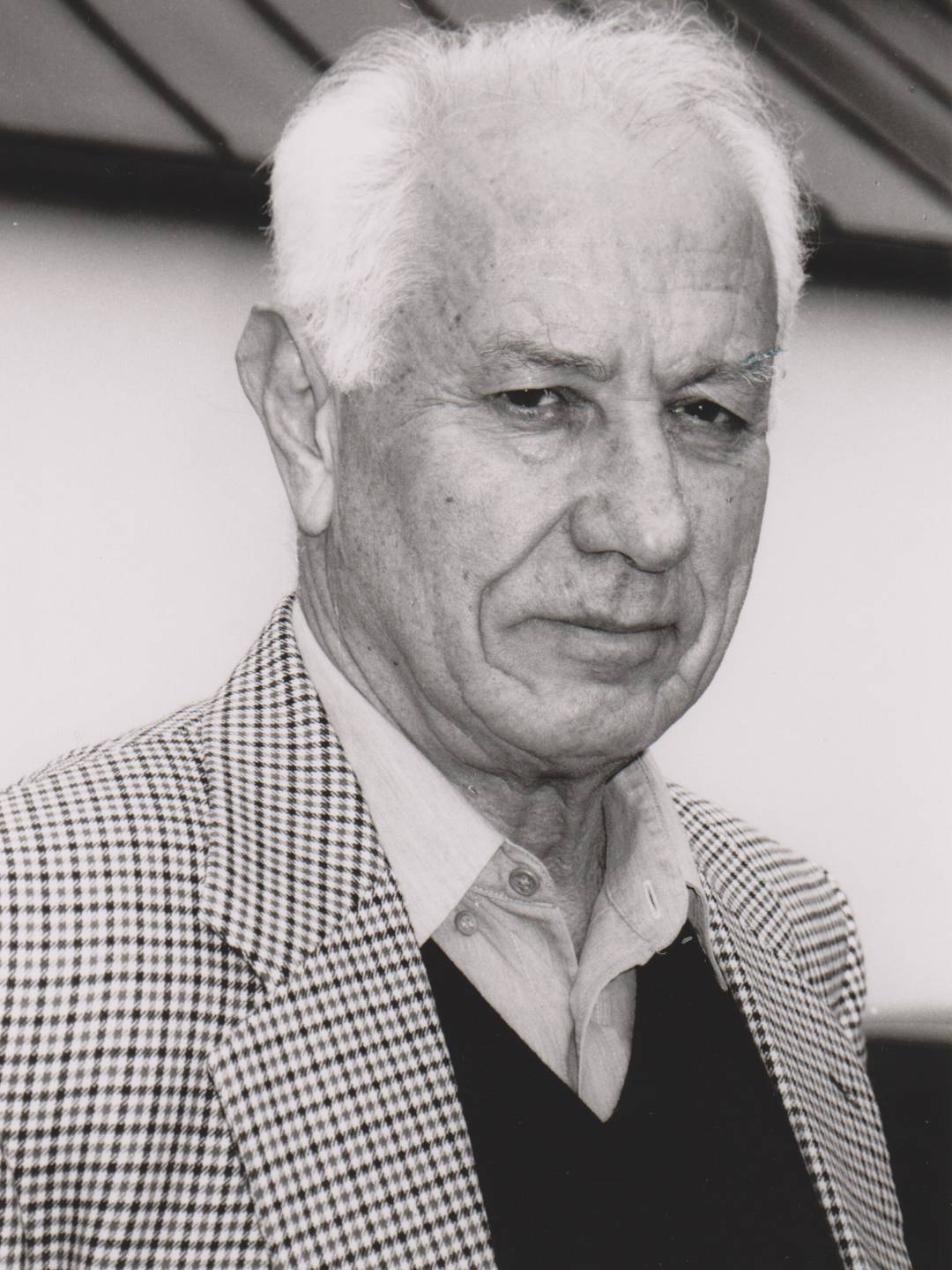Zwi Katz
(born on 10 July 1927 in Kaunas) Prisoner number: 81213
Earth huts that were dug into the ground, with the a roof imply placed on the ground, you know, and there were those panels, there was a passage, door, window, furnace, steel furnace or iron furnace, with a pipe through the window. And we slept on these boards, that was all there was.
– Zwi Katz about the living conditions in the subcamp complex
Zwi Katz was born on 10 July 1927 in Kovno. He and his older sister Dita were raised to be liberal Jews. Since both of their parents were employed, they were cared for by a nanny. When Lithuania became part of the Soviet Union in June 1940, all kinds of expropriations took place, which also resulted in their grandfather losing his home and business. Shortly thereafter, the German Wehrmacht attacked the Soviet Union. The father of Katz died during an invasion.

Mit dem Laden des Videos akzeptieren Sie die Datenschutzerklärung von YouTube.
Mehr erfahren
The 14-year old and his mother fled to Vilkija in 1941, but in light of the acts of violence committed against the Jewish population there, they immediately left the city again. Only one and a half months later, 268 Jews and 134 Jewish children from Vilkija were murdered by special operations unit Einsatzkommando 3.
Back in Kovno, Zwi Katz and his mother were relocated in a ghetto. They and his sister worked as forced labourers. In the ghetto, and later in Kauen concentration camp, closures and selections formed part of everyday life. In March 1944 relatives of Zwi Katz were shot: his brother-in-law, his aunt, his maternal grandfather and his paternal grandmother. One month later he and his mother and sister were deported to Schanzei camp, and shortly thereafter. to Stutthof concentration camp There, Katz was separated from his relatives and brought to Kaufering I concentration subcamp, where he worked as a forced labourer on the Iglinger Wald construction site.
Work was a twelve-hour slog in a wood, in this, I think it is called Egglinger Wald at Landsberg. And a huge concrete monster had been built there, it was to be an underground factory. (…) we thought for building rockets. And that was intended for jet aircraft. But it was a frightful monster, a concrete monster. Day and night trains arrived with cement and it was unloaded and disappeared somewhere. The cement halls did not get full.
– Zwi Katz about the forced labor in the bunker construction sites
Towards the end of the war, Zwi Katz reached the Waakirchen municipality on a death march from Landsberg via Dachau concentration camp, where the US American soldiers were already waiting. Like him, his mother and sister survived imprisonment in the concentration camp. Today Zwi Katz lives in Israel. In his book “Von den Ufern der Memel ins Ungewisse: eine Jugend im Schatten des Holocaust” (From the banks of the Neuman into the unknown: a youth in the shadows of the Holocaust), he describes his experiences.


